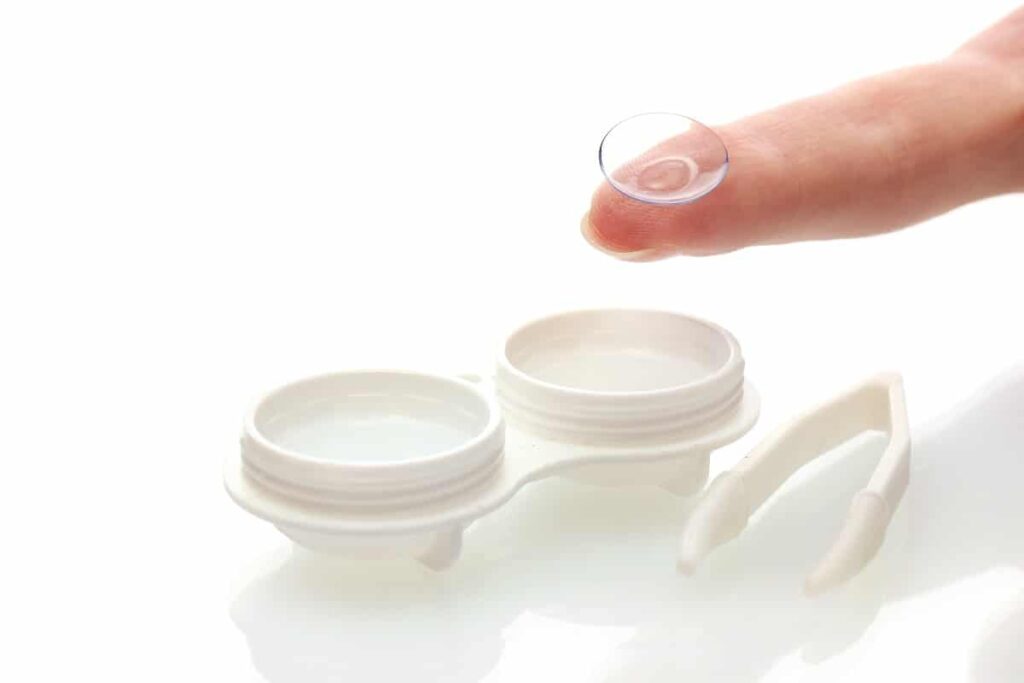The Do’s and Don’ts of Contact Lens Care

Taking good care of your contact lenses is critical to your eye health and vision. Not cleaning or handling your contact lenses properly can lead to infection and other eye problems that threaten your vision. Read on as Access Eye shares important do’s and don’ts of contact lens care.
Do’s
Do wash your hands thoroughly with soap and water before handling your contacts. Dry your hands with a lint-free towel.
Do clean your contact lenses according to the directions of your optometrist. They may suggest you gently rub your contact lenses, rinse them with solution and soak them overnight.
Do plug the sink if you are applying or taking out your contacts over the sink.
Do replace your contact lens storage case at least every three months.
Do visit your optometrist annually to ensure your prescription is up to date.
Do carry your contact storage case and solution with you whenever possible in case a lens falls out.
Do wear protective goggles or eyewear if you are in an environment where foreign matter (e.g., sand, dust) could get into your eye. If debris does get in your eye, it’s a good idea to remove and clean your lenses.
Don’ts
Do not reuse old solution when cleaning and storing your contacts.
Do not forget to wash your lens storage case at least once a week with warm, soapy water. Rinse it out and wipe it dry with a clean towel or tissue.
Do not use homemade saline solution to clean or store your lenses. Use a product recommended by your optometrist.
Do not sleep in your contacts unless they were prescribed for “extended wear” or overnight wear.
Do not swim in your contacts. Swimming with contacts can result in eye infections, irritation and potentially sight-threatening conditions such as a corneal ulcer.
Do not share contact lenses with anyone else, as it could spread infection or harmful particles.
Do not hesitate to reach out to your optometrist if you have any troubling visual symptoms, such as redness, discomfort, change in vision, excessive tearing, or discharge.
















